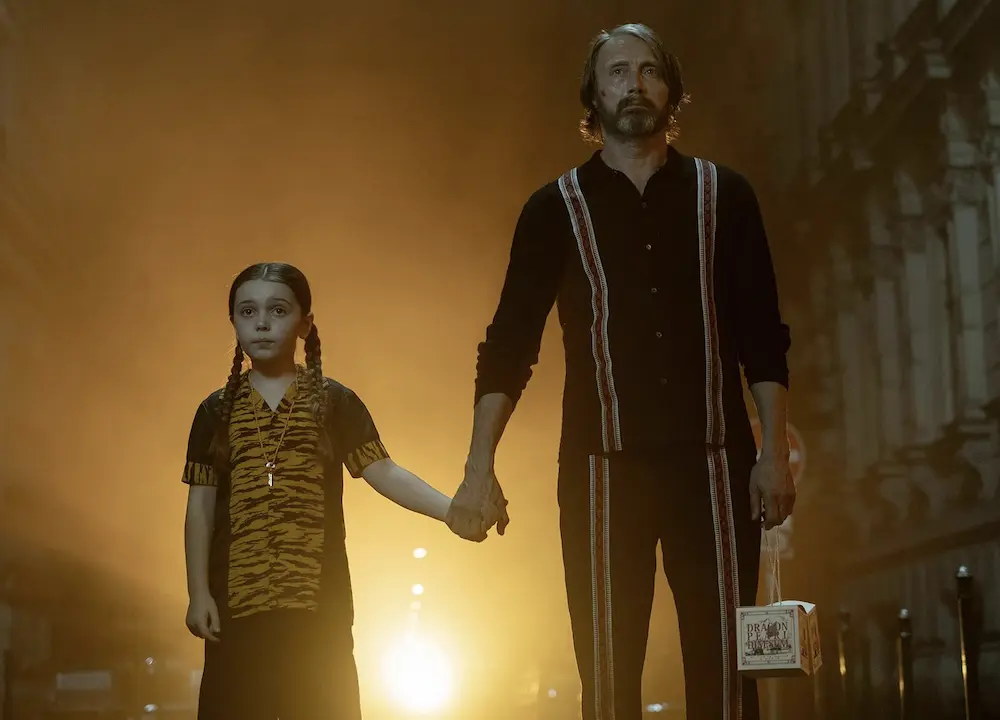It’s high time we had some good news. We’ve seen documentaries showing 3-foot flames shooting off kitchen tap water (fracking), and 16 movies out there about global warming, all of them depressing. Ninety-nine percent of the world’s scientists say climate change is real.
And if you really want to understand climate change, you have to watch the documentary “Earthlings,” which will horrify you no end. It’s about how we humans really need to slam the brakes on the global animal Auschwitz, and stop eating our furry friends.
The billionaire Kochs hate solar; it's the antithesis of everything they stand for.




